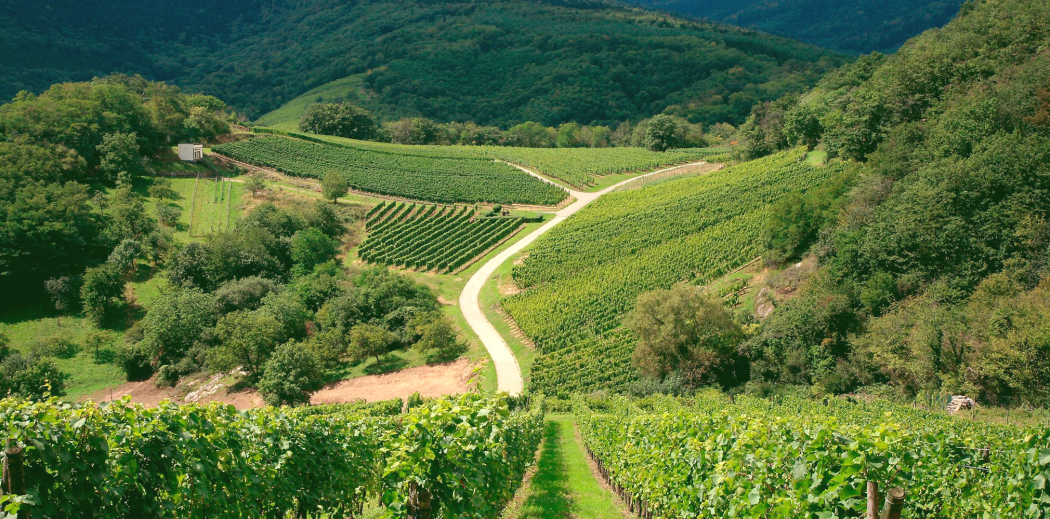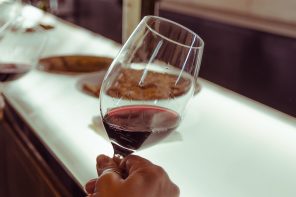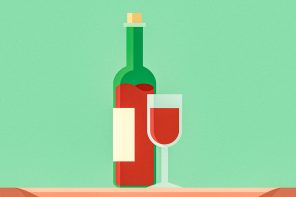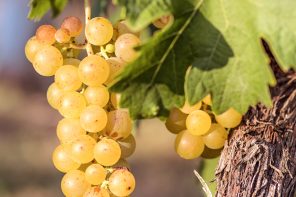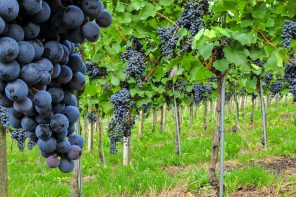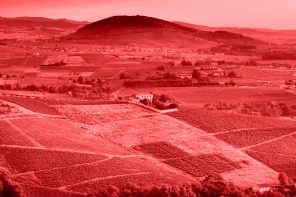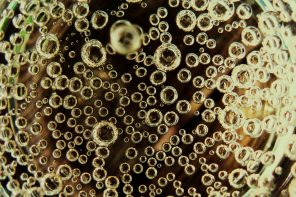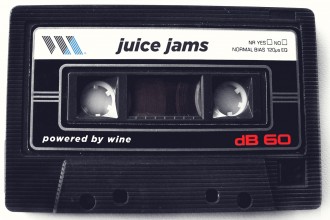Nestled between the Vosges Mountains and the Rhine River, Alsace is unique in France. The picturesque region has spent much of its history being fought over by France and what is today Germany, having exchanged hands between the two nations many times over due to its strategic location. This has informed both the culture, to the tune of architecture, language, and cuisine, as well as the viticulture of Alsace; it is the only major French region to grow Germanic grapes like Riesling, Gewürztraminer, and Sylvaner. On the whole, Alsace is overwhelmingly devoted to white wine production, upwards of 90 percent. You’ll find it made in every style: dry, off-dry, tantalizingly sweet, and sparkling.
Until 2011 there were just three AOPs for Alsace: Alsace AOP, Cremant d’Alsace AOP and Alsace Grand Cru AOP. These days, each of the 51 grand cru vineyards formerly under the Alsace Grand Cru umbrella has its own AOP. While annoying for anyone trying to study the region, this better reflects the incredible soil diversity in Alsace.
Alsace is characterized by its noble grapes, the only varieties which are allowed into its grand cru wines, but as this is wine we’re talking about, there are, of course, exceptions. The noble four to know are Riesling, Pinot Gris (the grape formerly known as Tokay d’Alsace), Gewürztraminer and Muscat (with three variations allowed: Muscat Blanc à Petits Grains, Muscat Rosé à Petits Grains, and Muscat Ottonel).
Unless made as a dessert wine, Alsace’s Rieslings are dry. These are riper, drier, and more full-bodied than the Rieslings you’ll find across the Rhine in Germany. Other grapes you’ll encounter include Sylvaner, the major exception when it comes to the Alsace Grand Cru rules. It’s only made in one grand cru vineyard, Zotzenberg, where it has a long history – the reason why winemakers with vineyards here were able to parlay their way into producing it at this level. Pinot Noir is the only red variety allowed in Alsace, period. It shows up occasionally in the Alsace AOP and in Cremant d’Alsace rosé. Other grapes like Pinot Blanc, Auxerrois, and Chasselas also crop up. The other thing to know about Alsace is that by and large, the wines are 100 percent variety wines. Whatever is listed on the label is what’s in the bottle. Exceptions to the rule are wines labeled gentil or edelzwicker.
Folks who dig Champagne but are operating on a Bud Light budget should definitely explore Cremant d’Alsace. These are traditional method sparkling wines that are much, much cheaper than their champenois counterparts but still exceptionally good. This is the only AOP in which you’ll meet Chardonnay in Alsace.
If you’re like me and have a sweet tooth to satisfy, look to vendange tardive or Sélection de Grains Noble (SGN) wines. Both are late harvest wines (vendange tardive is French for late harvest), made from grapes left to hang on vines past the normal harvest date. The major difference between the two is that SGN wines are universally noble rot wines. Vendange tardive may show shades of botrytis but typically this isn’t the case.
Basically, if you love white wine or good wine in general, Alsace won’t disappoint. With plenty of minerality, heady aromatics, and pretty fantastic versatility when it comes to food, it’s a win-win wine region that will have you singing its praises after a glass…or maybe a bottle or two.

